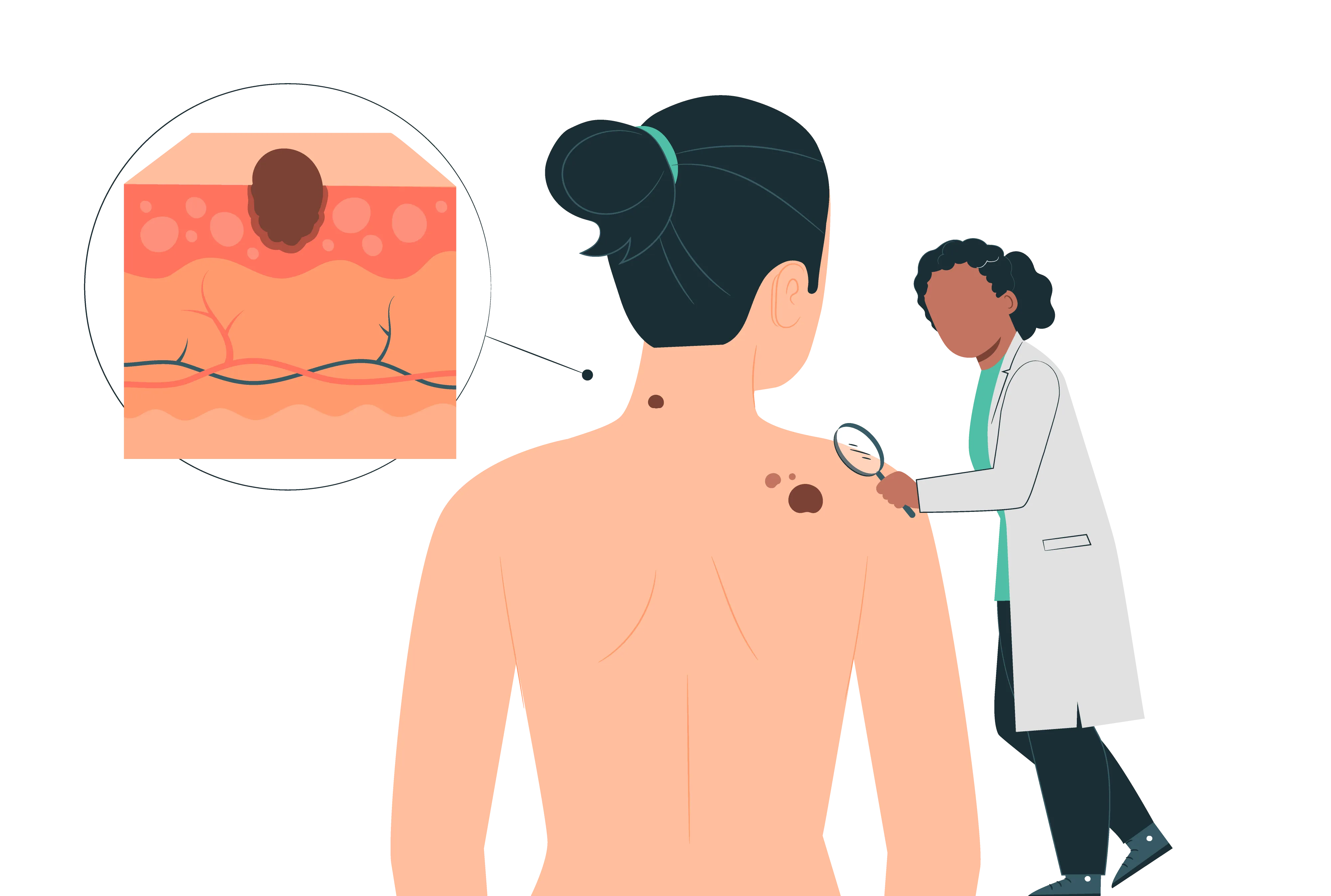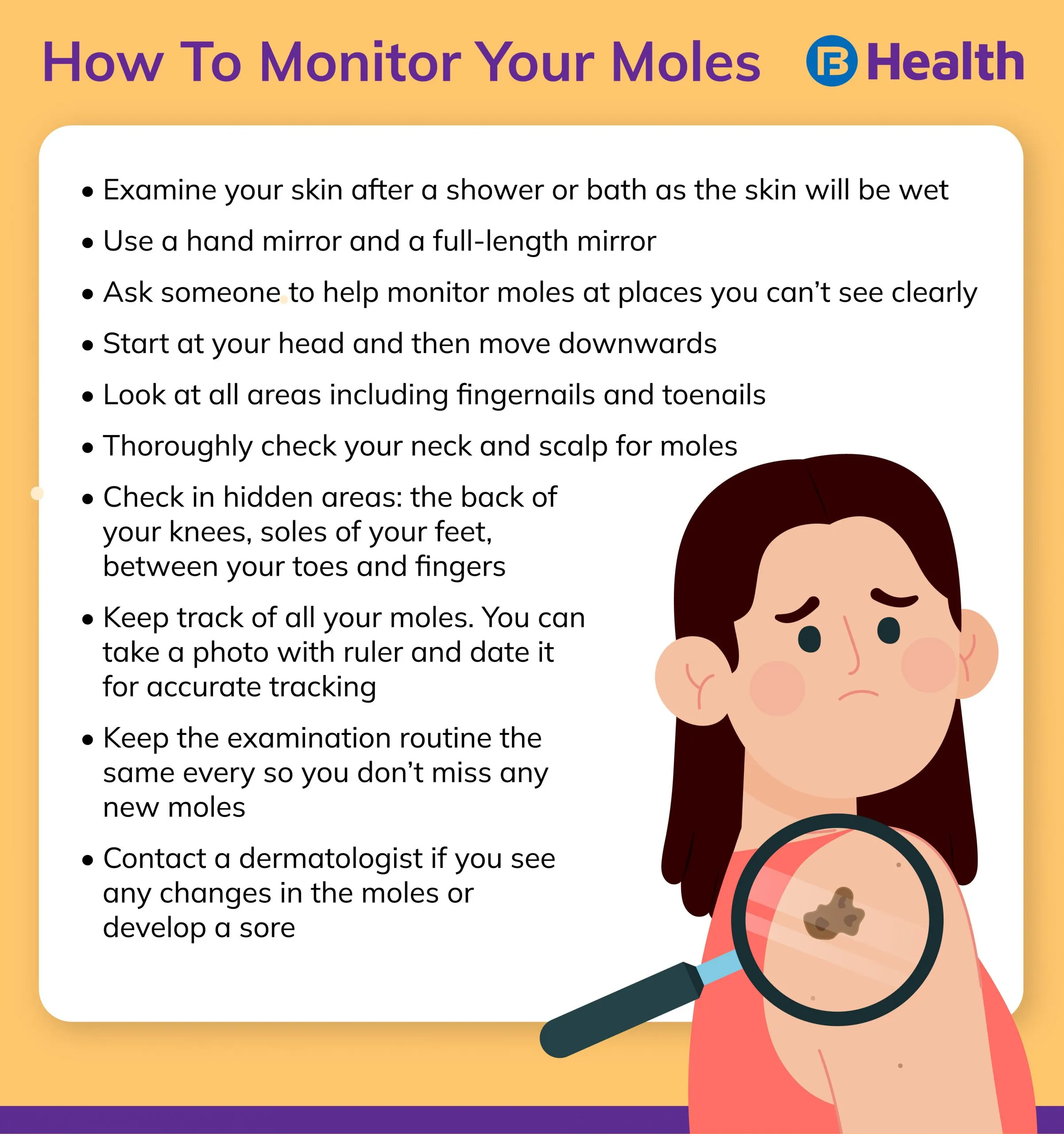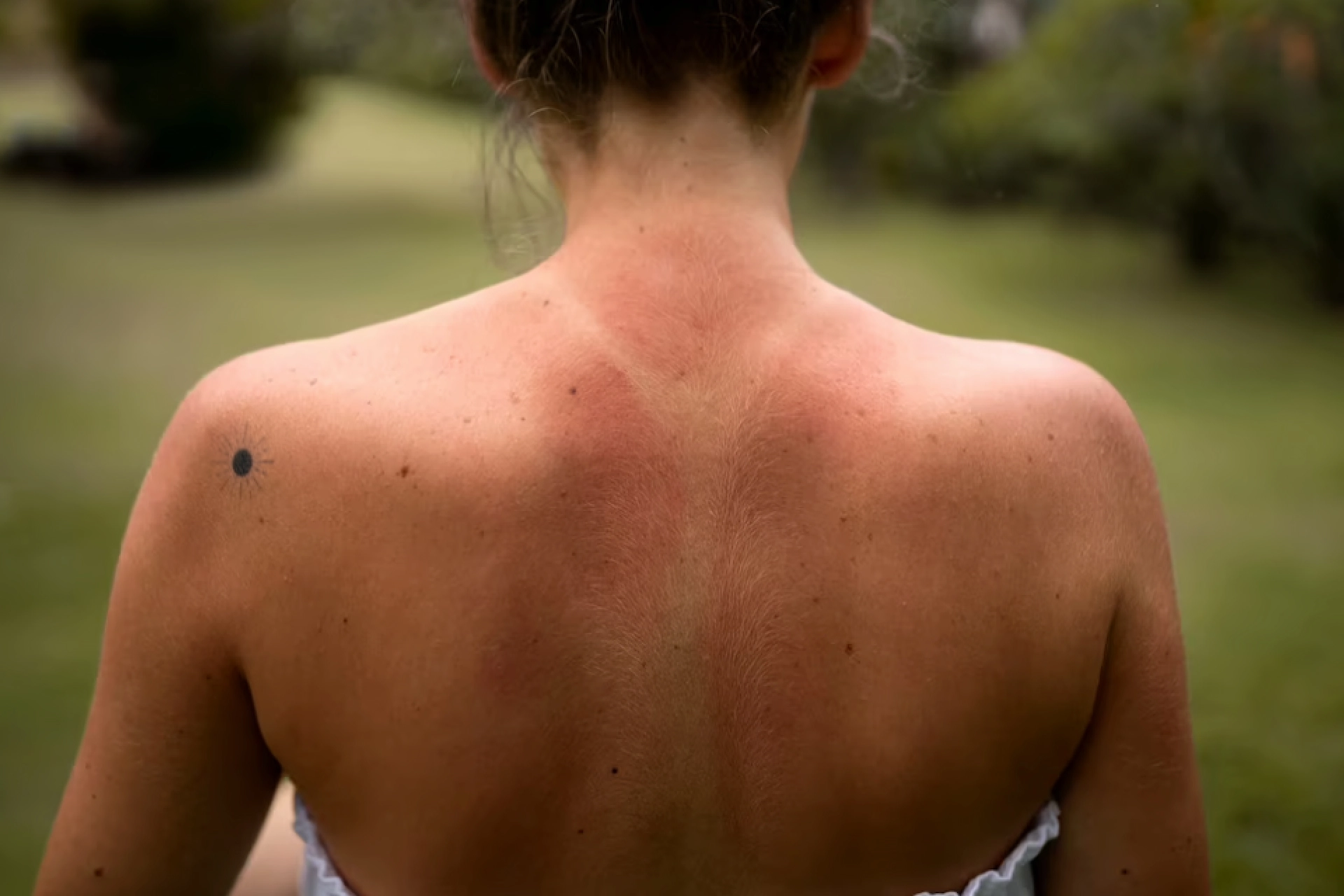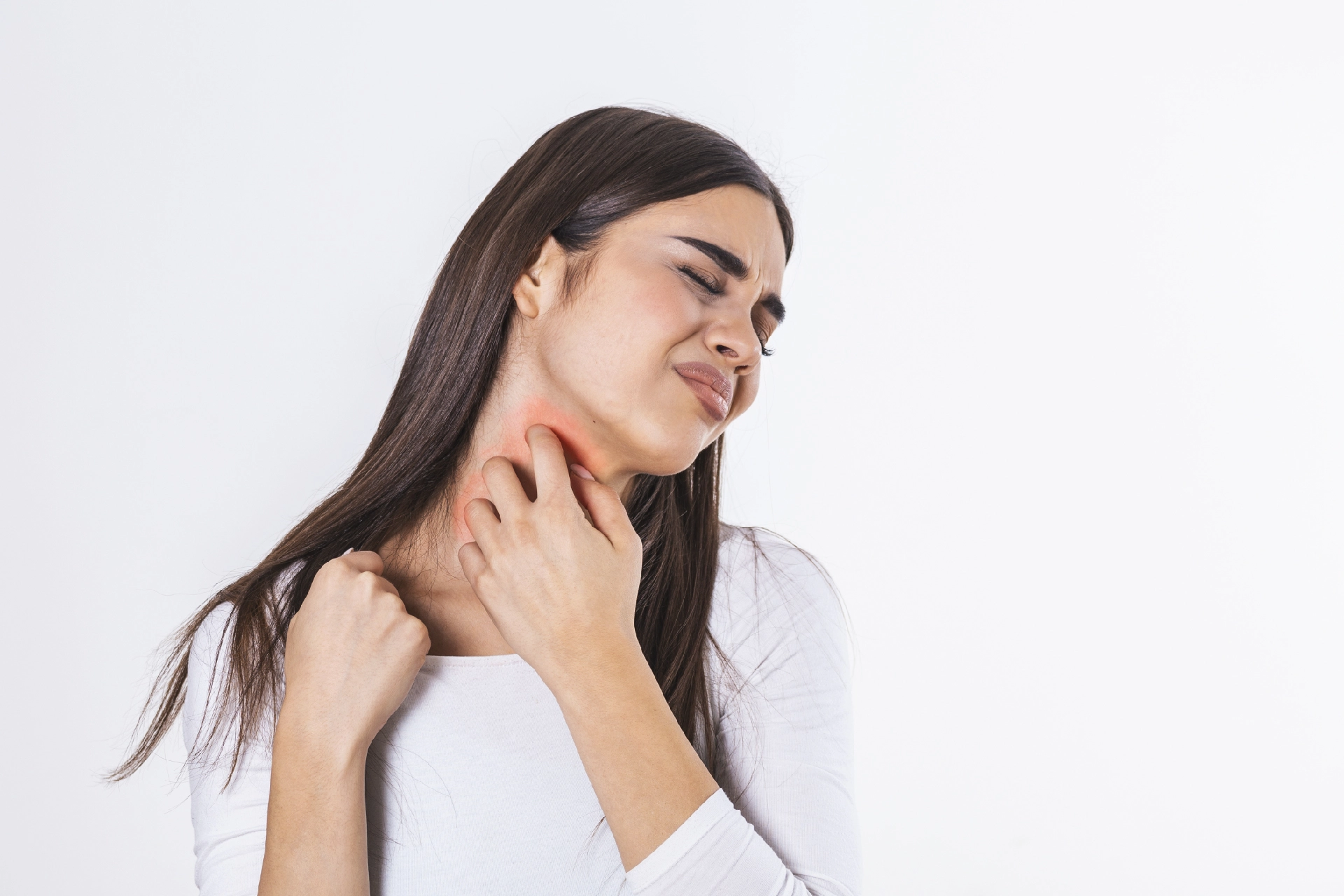Prosthodontics | 6 min read
Skin Moles Treatment, Types and Diagnosis: Options For Mole Removal
Medically reviewed by
Table of Content
Key Takeaways
- Moles treatment is generally done if it affects your routine or turns cancerous
- You should a visit a specialist for mole removal and not do it on your own
- After removal of a mole, skin affected by it should be cleansed & moisturized
Moles are common type of skin growth caused by collection of melanocytes. Moles treatment is generally not needed. But if moles affect your day-to-day activities or are a matter of concern, your doctor can remove them.
In most cases, a mole is brownish or has a darker color but, in some cases, it may be skin colored. The number of moles you have and how they look may change over time. It is normal for a person to have around 10-40 moles on their body. Moles appear either in early childhood or during the first 20 years.
To know if you need moles treatment, keep an eye on their size, shape, and color. Any changes in these factors may warrant mole removal to avoid any complications and protect your health. Read on to know more about moles treatment, types, and diagnostic process.
Different Types of Moles
Moles are generally categorized based on their type and size. The three types of moles are:
1. Common nevi
These moles have a distinct edge and are usually pink, brown, or tan in color.

2. Congenital nevi
These are the moles discovered at the time of birth. They occur in 1 out of 100 people. These are the ones that are most likely to develop into melanoma. If the diameter of these moles is more than 8 mm, they have an increased risk of turning cancerous.
3. Dysplastic nevi
These are irregularly shaped and bigger than a pencil eraser. They generally are uneven in color, dark brown in the center and lighter at the edges. These are usually inherited, and you may have more than a hundred! With these moles, you have an increased risk of developing cancerous melanoma.
Additional Read: Fungal Skin InfectionsDiagnosis of Moles
Your doctor generally diagnoses and identifies moles by examining your skin. If your doctor suspects that the mole is cancerous, they may perform a skin biopsy. The small sample is then sent to the lab for tests. If the results determine that it is cancerous, your doctor may perform a mole removal procedure to prevent further spread and complications.
This 7-point checklist helps better diagnose a mole [1]:
- Is there a change in the size of the moles?
- Does the mole have irregular pigmentation?
- Is the border of the mole irregular?
- Is the mole inflamed?
- Does the mole cause itching or any other sensations?
- Is the diameter of the mole larger than 7 mm?
- Does the mole ooze or crust?

You can also regularly examine your skin to keep track of your moles and notice any changes. This can help you get mole treatment at the right time. To help you examine a mole better, follow these ABCDEs.
The ABCDE for examining a mole stands for [2]:
- Asymmetry: One half of your mole does match the other half
- Border: The border of your moles is irregular, ragged, or blurred
- Color: If your moles have multiple pigmentation or are not of the same color throughout
- Diameter: If the diameter of your mole is larger than that of a pencil eraser
- Elevation or Evolution: If the mole appears to be elevated after being flat or changes over a period of time
If you notice any of these signs, contact a doctor immediately.
Moles Treatment
In most cases, you may not require moles treatment as they are generally benign and harmless. If doctors suspect a melanoma and a skin biopsy confirms it, they may advise you to go for a mole removal processes. Generally, moles treatment is done by removing the moles completely and in some cases, the skin around it as well.

1. Shave Excision
In this mole treatment process, the area around the mole is numbed before starting the procedure. After that, the doctor will use a small blade and cut around and under the mole. This procedure of mole treatment is generally for the ones that are small in size and do not require any stitches.
2. Excision Biopsy
This mole removal process is done when the mole is cancerous. If detected at any early stage when the mole is thin and has not gone downwards into the surface of your skin and spread to other areas, a simple surgical process helps remove it.
In case it is detected at a later stage, some amount of healthy skin is also removed along with the mole. The additional removed skin is the safety margin. If it is found that cancer has spread to other areas or entered the bloodstream, you may require additional treatment.
Keep in mind that you should never attempt to remove a mole by yourself as it can irritate the skin and lead to an infection. If a mole bothers you, find specialists for mole removal near you and get the moles treatment from them.
After removal of the mole, skin care is essential for the healing process to go smoothly. You can use sunscreen to prevent the scar from becoming darker and more noticeable. Keep the treated skin area clean and moisturized. You can also use petroleum jelly but be sure to talk to your doctor first. After your skin heals, you can try massaging the scar. This will help flatten it and make the surface smooth.
Additional Read: Warts Types, Causes, and TreatmentConclusion
With regular examinations of mole, skin cancer can be detected at any early stage. This can prevent the spread and complications of skin cancer. If you notice any changes in your moles, talk to a doctor immediately. Book an in-clinic or online dermatologist consultation on Bajaj Finserv Health. Just type in ‘mole removal near me’ on the Bajaj Finserv Health platform or app and book your appointment in seconds. Taking to specialists can help you get an accurate diagnosis and determine whether you require moles treatment.
You can also talk to these doctors about how to monitor moles better. During a video consultation, you can also ask them about other skin conditions like blisters treatment or shingles treatment. You can also get tips on dry skin treatment, which is a common problem that most people face. This way, you can keep the largest organ of your body healthy and moisturized.
References
- https://www.ncbi.nlm.nih.gov/pmc/articles/PMC3635581/
- https://my.clevelandclinic.org/health/diseases/4410-moles#diagnosis-and-tests
Disclaimer
Please note that this article is solely meant for informational purposes and Bajaj Finserv Health Limited (“BFHL”) does not shoulder any responsibility of the views/advice/information expressed/given by the writer/reviewer/originator. This article should not be considered as a substitute for any medical advice, diagnosis or treatment. Always consult with your trusted physician/qualified healthcare professional to evaluate your medical condition. The above article has been reviewed by a qualified doctor and BFHL is not responsible for any damages for any information or services provided by any third party.





